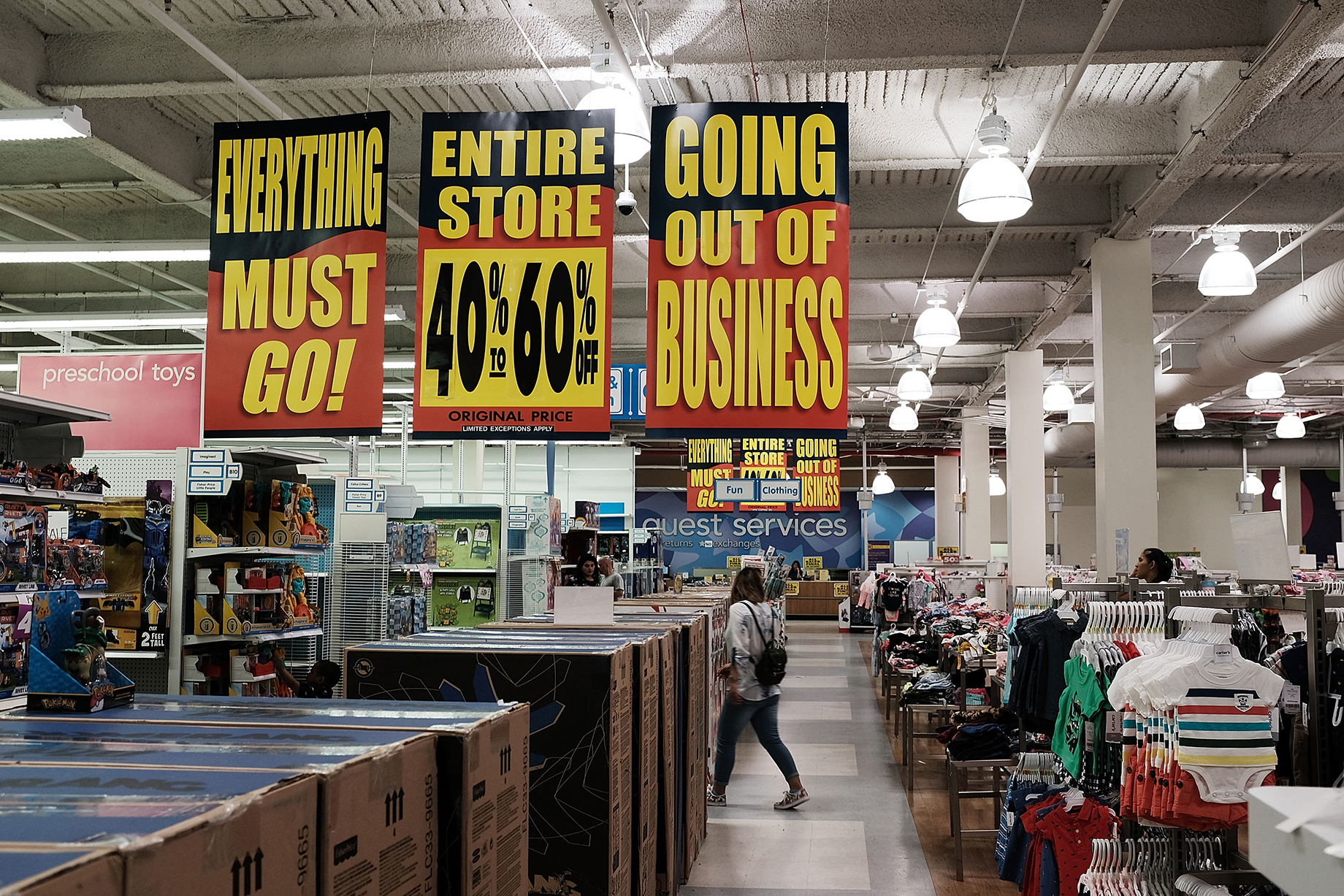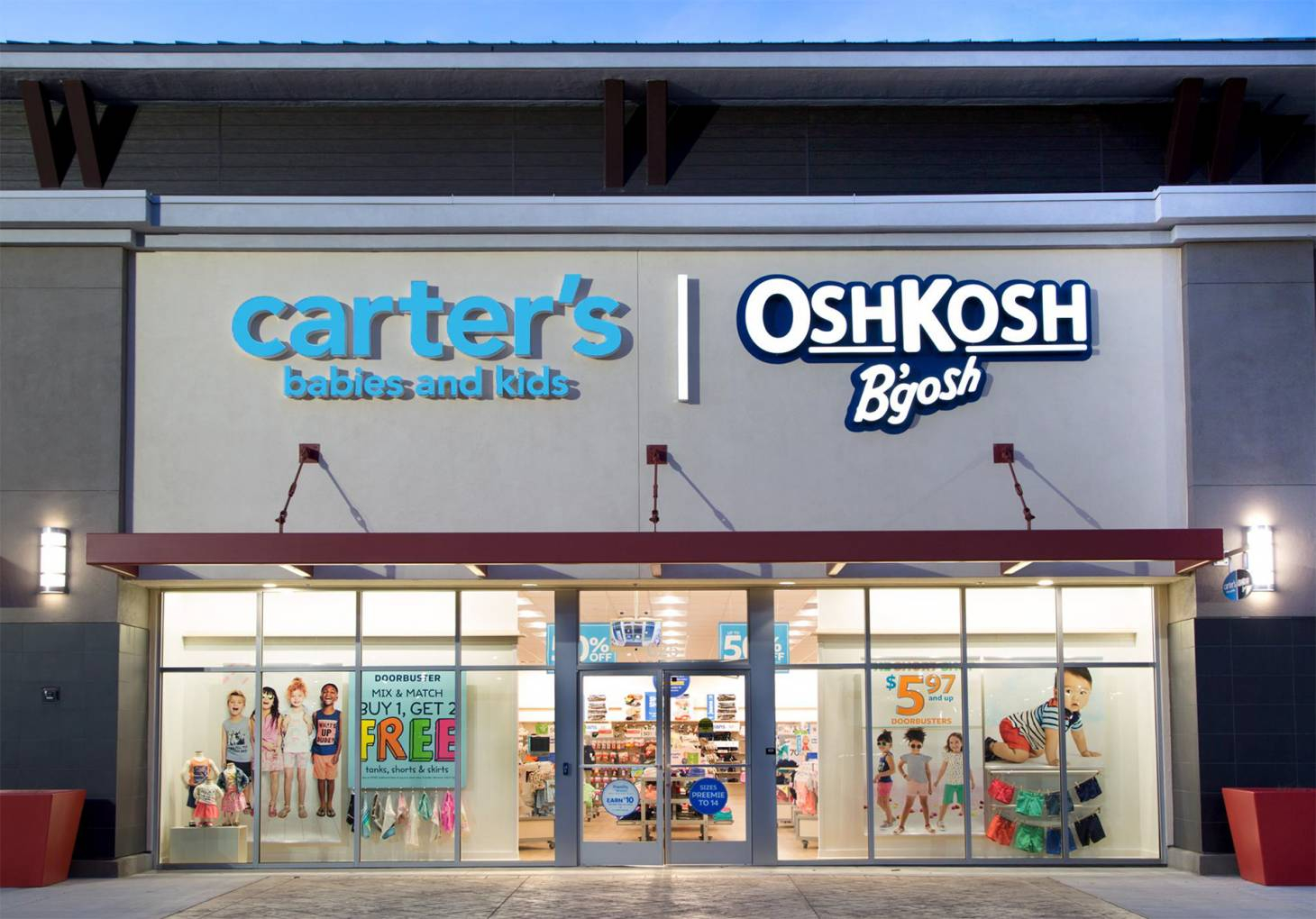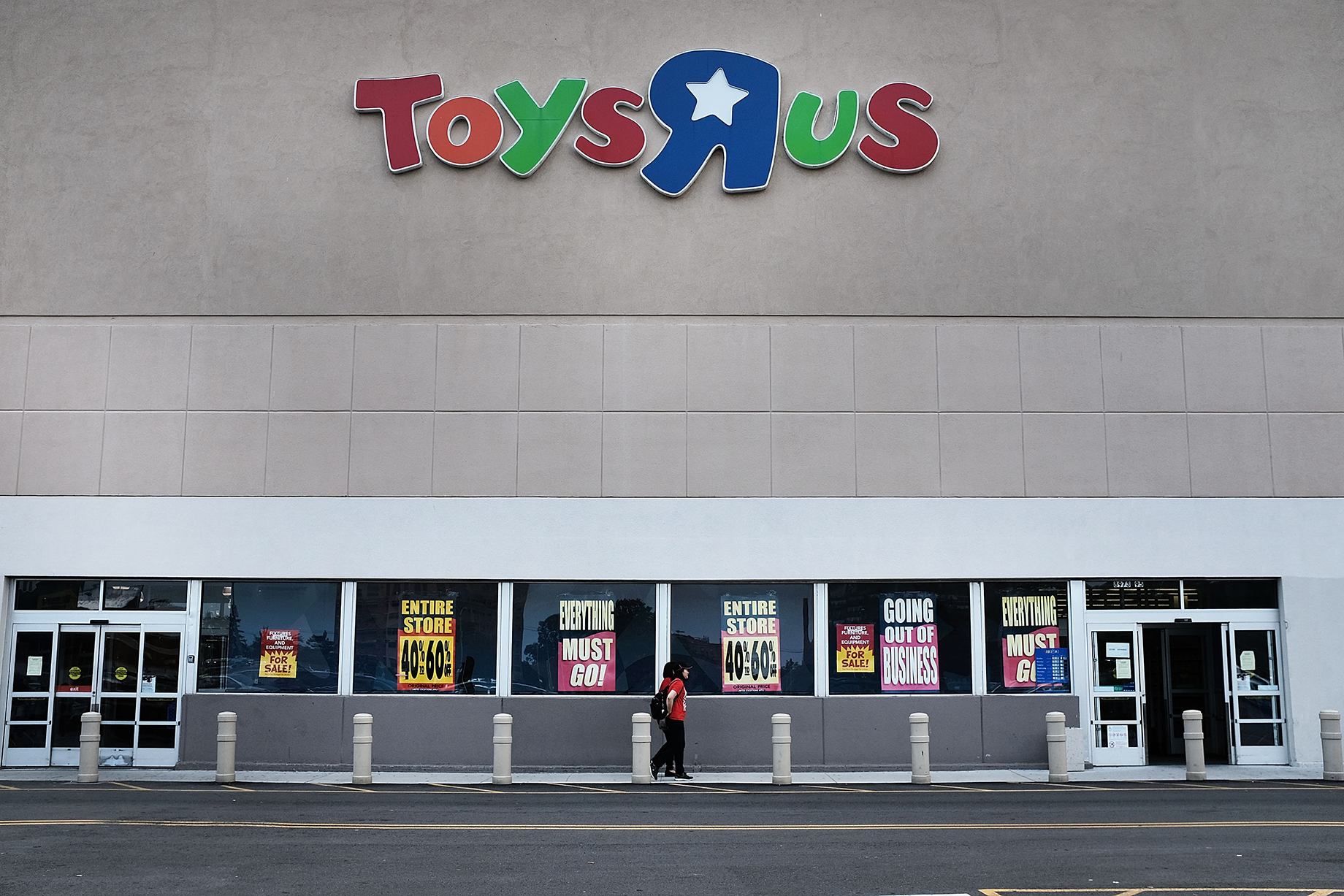Retail, like nature, abhors a vacuum. And it has not taken long for a slew of toy retailers — joined by some merchants that have never before dabbled in the category — to rush to fill a $7 billion market void left by the Toys 'R' Us closures of its last 800 stores, in June, after 60 years in business.

In addition to toy-category expansion at big-box names JCPenney, Kmart, Sears, Target and Walmart, other sizable chains announcing toy-department growth are Ace Hardware, Barnes & Noble, Belk, Buy Buy Baby, Dillard's, Five Below, HobbyTown and Walgreens. "That's a total of 24,879 doors," said Richard Gottlieb, principal and founder of Global Toy Experts, a toy consultant firm in Chicago; New York City; and Tampa, Fla.
Target is expanding its toy aisles in some 500 stores this holiday season. The company also will add several new toy categories and is augmenting its online selection. Walmart, for its part, has identified 800 stores within a five- or 10-mile drive of closed Toys 'R' Us stores that will carry extra toy inventory. "Toy volume is up for grabs," said Steve Bratspies, Walmart's executive vice president of general merchandise, at the company's shareholder meeting.
Meanwhile, Kohl's, which had carried a modest toy line before, has now entered the market in earnest, adding a variety of Lego and FAO Schwarz branded products this year.
Party City says it will open roughly 50 pop-ups this season, measuring about 4,000 square feet each and housing the company's new concept, Toy City, which will operate in tandem with the Halloween City pop-ups. The new concept "will allow us to leverage our existing pop-up store capabilities and capitalize on the category whitespace that has recently been created," said Party City CEO James Harrison in a written statement. Party City is expanding its toy assortment online as well.

The Carter’s marketing team has stepped up customer-acquisition efforts and focused on baby-apparel buyers living near Toys ‘R’ Us stores
For the first time in its existence, Amazon.com is mailing out a physical toy catalog this year that the company will distribute also at Whole Foods stores, reports Bloomberg News. Amazon accounts for roughly $1 out of every $6 spent on toys in the U.S., posting some $4.5 billion in toy sales in 2017, up 12 percent from 2016, according to analytics firm One Click Retail.
With Toys 'R' Us out of the way, KB Toys, which went belly up a decade ago, has come back to life. Strategic Marks, which acquired the KB trademark in 2016, says it will open as many as 1,000 KB pop-ups this year in shopping centers across the U.S. Some of those, the firm says, will become permanent units, depending on lease terms and performance.
This rush to fill the void notwithstanding, Jefferies analyst Stephanie Wissink says she thinks that 10 to 15 percent of the former Toys 'R' Us sales volume in the U.S. — particularly the impulse purchases — will disappear forever. Wissink and other analysts concur that Toys 'R' Us had too few proprietary products, was unable to compete against Amazon or to make the generational transition from toys to video games, and, most important, struggled to reinvest in itself because of the massive debt it assumed in its $6.6 billion leveraged buyout in 2005. Indeed, Toys 'R' Us was paying some $400 million annually to service that debt.
In the U.S. Toys 'R' Us had not had any big-box toy competitor since Child World Children's Palace, a 182-store chain that ceased operations in 1992.
On the global scene, Toys 'R' Us Canada will continue operating its roughly 80 physical stores under the ownership of Toronto-based Fairfax Financial Holdings. By contrast, all 93 Austrian, German and Swiss Toys 'R' Us stores were sold off to Ireland-based Smyths Toys, which says it will rebrand them. In April the U.K.'s 75 Toys 'R' Us and Babies 'R' Us stores closed down permanently.
“The demise of Toys 'R' Us could lead to a revenue increase of as much as 20 percent for local toy retailers this year, according to the American Specialty Toy Retailing Association”
The demise of Toys 'R' Us could lead to a revenue increase of as much as 20 percent for local toy retailers this year, according to the American Specialty Toy Retailing Association, which serves some 1,800 independent toy retailers and manufacturers. The association's president, Kimberly Mosley, says that as many as half of all regular Toys 'R' Us customers are likely to visit a local toy retailer this season. One such local shop, the independent Catch a Falling Star toy store, in Winchester, Mass., near Boston, is boosting its toy inventory in response to the Toys 'R' Us departure, as owner Deran Muckjian told the local press.
Meanwhile, the New York City–based Toy Association says the loss of the world's largest toy chain will have less of an impact on the industry than observers first thought, because the category has been growing at about 4.5 percent annually.
The relaunched FAO Schwarz, which Toys 'R' Us owned before ThreeSixty Brands bought it in 2016, is opening shop-within-a-shop units inside Bloomingdale's and Macy's department stores in addition to its Kohl's entry and is introducing a 19,000-square-foot flagship at Tishman Speyer’s 30 Rockefeller Plaza, in New York City, this fall. That footprint is less than a third the size of the iconic Fifth Avenue space the company closed in 2015. ThreeSixty CEO David Conn told Yahoo Finance that "FAO was experiential before it was cool to be experiential" and fits well in today's entertainment-themed retail business model.
“Simon Chairman and CEO David Simon told analysts in a second-quarter earnings call that he will be 'shocked' if one main toy retailer does not emerge from the Toys 'R' Us debacle”
Simon Chairman and CEO David Simon told analysts during a second-quarter earnings call that he will be "shocked" if one main toy retailer does not emerge or re-emerge from the Toys 'R' Us debacle. "There is a reason to buy toys in the physical environment," he told the analysts. In that same call, President and COO Richard S. Sokolov disclosed that the firm is working with several potential retailers "looking to replace the specialty-store component that Toys 'R' Us had in our portfolio."
During the final months of Toys 'R' Us, the second- and third-most-popular toy destinations for shoppers were Walmart and Target, just behind Amazon, according to a consumer poll from global research advisory firm Coresight.
Because Target has an inordinately high number of stores in close proximity to Toys 'R' Us and Babies 'R' Us locations, "these will potentially provide it with a disproportionately large boost in sales," said real estate attorney Todd Schafer of Dawda, Mann, Mulcahy & Sadler in Bloomfield Hills, Michigan, who represents retail developers, owners and tenants. "Specialty retailers, too, will likely benefit from the Toys 'R' Us exodus, especially since it occurred before this year's holiday sales season."

A good economy aided by job growth and tax reform will probably spur spending growth in toys and other categories this holiday season, observes Timothy Savage, a senior managing economist and principal data scientist at CBRE. All the signs indicate that the U.S. consumer is looking for more experiential retail, and this year's toy shakeup "gives retailers lots of opportunities to provide that," according to Savage. CBRE is estimating that U.S. economic growth for the year will be slightly less than 3 percent.
Some landlords are taking advantage of the recapture of Toys 'R' Us space to command higher rents than the toy chain paid as a traffic-generating anchor, Schafer says. "Landlords are both finding nontraditional users and aggressively dividing up these spaces to reflect a more contemporary tenant mix," he said. Kimco CEO Conor Flynn has said that his firm's vacant Toys 'R' Us spaces are getting gobbled up by the likes of Burlington, Hobby Lobby and TJX. Others, including Aldi, Ashley Furniture and Big Lots, have been successful bidders on Toys 'R' Us locations, bankruptcy court documents indicate.
Learning Express Toys, the largest specialty-toy-store franchiser in the U.S. (111 units), appears poised to increase its store and sales numbers post–Toys 'R' Us. The company saw franchise inquiries rise by 78 percent in the past quarter from the 2017 comparable quarter, according to Mike Derse, the company's business development director. Though it may be too early yet to tell what impact this will have on store count, Derse says he is optimistic that the absence of Toys 'R' Us will bring opportunities to grab new market share.
By Steve McLinden
Contributor, Commerce + Communities Today


